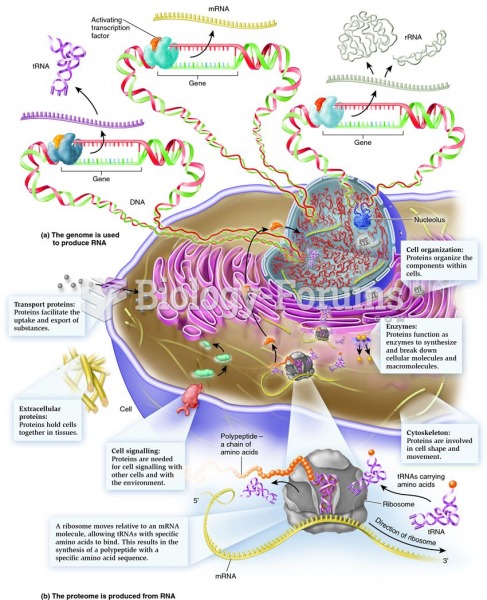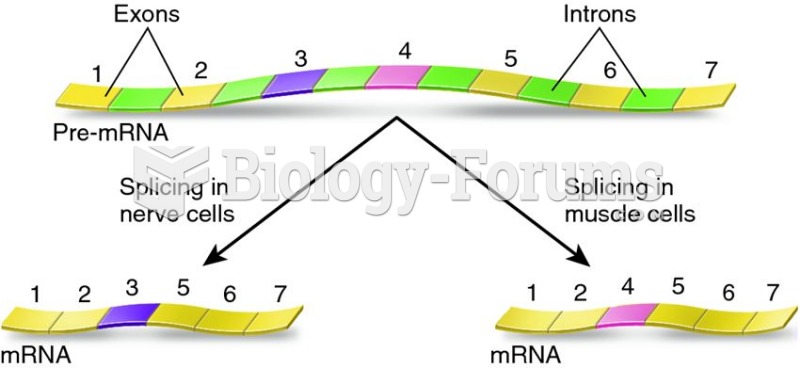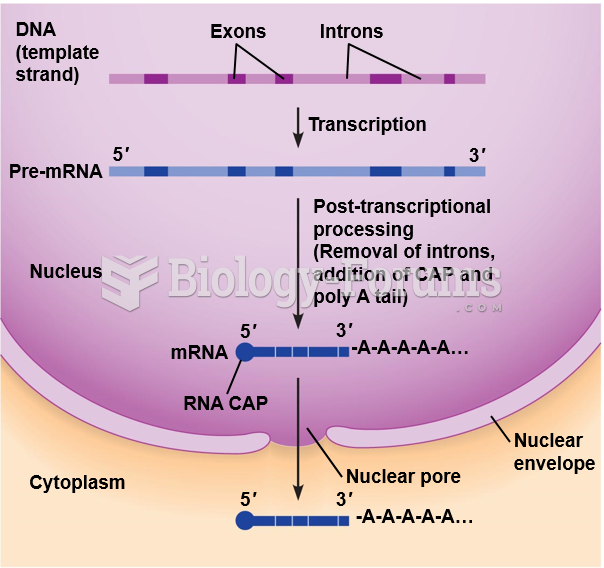Answer to Question 1
The term ghost in a biological machine originated with John Watson, founder of the behaviorist perspective. He objected to the structuralist perspective that dominated psychology a century ago and focused on subjective conscious experience. For Watson, the structuralists' mentalism was unscientific because it was observable only to the thinker herself. The student's complaint reflects a humanistic concern that mechanical analogies reduce and dehumanize the richness and creativity of each person. Humanists take a holistic view of psychology, arguing that limiting our consideration to a single aspect of behavior or mental life makes us lose sight of the person's integrated wholeness of our experiences. This viewpoint is commonly held by humanists and others outside of psychology, who object against mechanistic or analytical approaches in scientific psychology. In their own defense, information-processing (IP) theorists would argue that the computer analogy is merely a metaphor that helps us understand how the child thinks and makes decisions. None would argue that the mind is controlled by a computer; yet, the metaphor helps us understand the nature of particular subprocesses that guide thought and action. The holistic approach limits psychology to the study of vague generalities, while the IP perspective allows precise scientific knowledge to be gained about fleeting mental experiences. Further, the indirect test methods pioneered by IP researchers enables the mental processes of infants to be studied and understood, even though the baby is totally unable to describe for others the contents of its thoughts.
Answer to Question 2
American schoolchildren perform significantly more poorly in mathematics than children from East Asian cultures, beginning in the first grade, with the magnitude of the cultural difference increasing with age. In attempting to explain these findings, researchers quickly ruled out the possibility that East Asian students are inherently smarter than Americans; first-graders in the US, Taiwan, and Japan perform equally well on standardized intelligence tests (Stevenson et al., 1985). Yet East Asian first-graders already rely on a more sophisticated mix of basic arithmetic strategies than American first-graders do, including the relatively sophisticated (for first-graders) decomposition and fact-retrieval strategies. And other research reveals that the math-strategy advantage that East Asian children display is already apparent during the preschool period (Geary et al., 1993).
Basic differences in how the Chinese (and Japanese and Korean) versus the English language represents numbers seems to contribute to some of the early differences in arithmetic proficiency. Recall from Chapter 7 that the number words in Chinese for 11, 12, and 13 are translated as ten-one, ten-two, and ten-three, which helps children learn to count sooner than American children, who must use the more idiosyncratic number words of 11, 12, and 13.. The Chinese number-naming system also helps children to understand that the one in 13 has a place value of 10 (rather than one). By contrast, English words for two-digit numbers in the teens are irregular and do not convey the idea of tens and ones.
Several East Asian instructional practices support the rapid learning of math facts and computational procedures involved in multidigit addition and subtraction. East Asian students practice computational procedures more than American students do, and practice of this sort fosters the retrieval of math facts from memory. The type of instruction provided also seems to matter. For example, Asian teachers instructing students how to carry a sum from one column of a multidigit number to the next will say to bring up the sum instead of carrying it. The term bring up (rather than carry) may help children learning multidigit addition to remember that each digit to the left in a multidigit number is a base-10 increment of the cardinal value of that digit.
Differences in mathematical competencies between East Asian and American students seem to be a relatively recent phenomenon that undoubtedly reflects broader cultural differences in educational philosophies and supports for education and the differences in linguistic and instructional supports for mathematics learning that we have discussed here.







